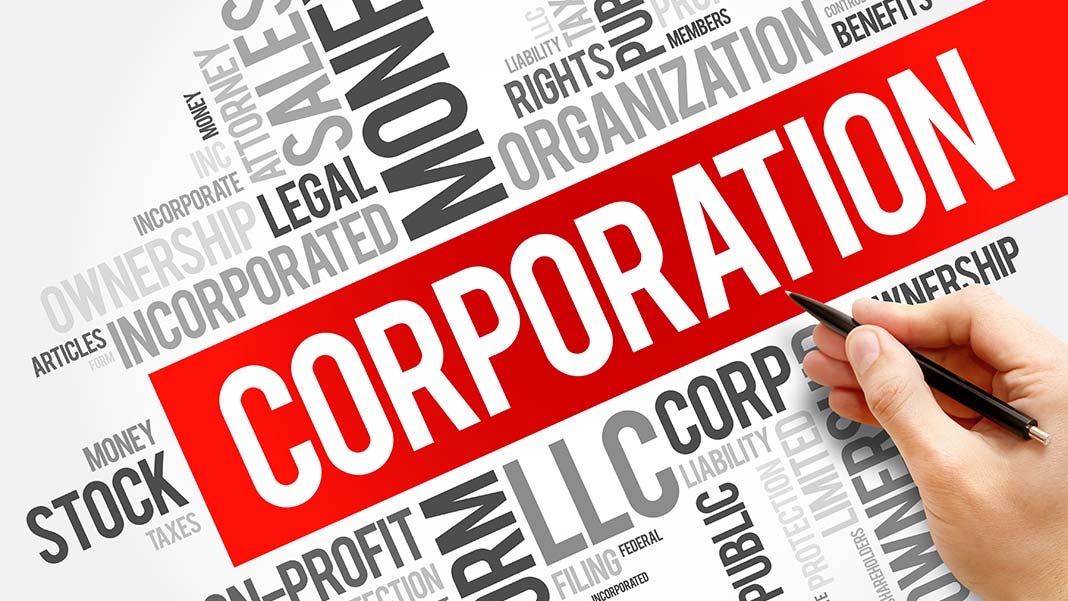Best Business Entity Structure After Tax Reform: S Corp and C Corp
By: TaxConnections

There’s no easy answer to this question, though the entity choice considerations have undergone some changes due to the new tax law. For tax years beginning in 2018 and beyond, the Tax Cuts and Jobs Act (TCJA) created a flat 21% federal income tax rate for C corporations. Under prior law, C corporations were taxed at rates as high as 35%. The TCJA also reduced individual income tax rates, which apply to sole proprietorships and pass-through entities, including partnerships, S corporations, and, typically, limited liability companies (LLCs). The top rate, however, dropped only slightly, from 39.6% to 37%.
On the surface, that may make choosing C corporation structure seem like a no-brainer. But there are many other considerations involved.
Conventional Wisdom
Under prior tax law, conventional wisdom was that most small businesses should be set up as sole proprietorships or pass-through entities to avoid the double taxation of C corporations: A C corporation pays entity-level income tax and then shareholders pay tax on dividends—and on capital gains when they sell the stock. For pass-through entities, there’s no federal income tax at the entity level.
Although C corporations are still potentially subject to double taxation under the TCJA, their new 21% tax rate helps make up for it. This issue is further complicated, however, by another provision of the TCJA that allows noncorporate owners of pass-through entities to take a deduction equal to as much as 20% of qualified business income (QBI), subject to various limits. But, unless Congress extends it, the break is available only for tax years beginning in 2018 through 2025.
There’s no one-size-fits-all answer when deciding how to structure a business. The best choice depends on your business’s unique situation and your situation as an owner.
3 Common Scenarios
Here are three common scenarios and the entity-choice implications:
- Business generates tax losses. For a business that consistently generates losses, there’s no tax advantage to operating as a C corporation. Losses from C corporations can’t be deducted by their owners. A pass-through entity will generally make more sense because losses pass through to the owners’ personal tax returns.
- Business distributes all profits to owners. For a profitable business that pays out all income to the owners, operating as a pass-through entity generally will be better if significant QBI deductions are available. If not, it’s probably a toss-up in terms of tax liability.
- Business retains all profits to finance growth. For a business that’s profitable but holds on to its profits to fund future growth strategies, operating as a C corporation generally will be advantageous if the corporation is a qualified small business (QSB). Why? A 100% gain exclusion may be available for QSB stock sale gains. If QSB status is unavailable, operating as a C corporation is still probably preferred—unless significant QBI deductions would be available at the owner level.
Many Considerations
These are only some of the issues to consider when making the C corporation vs. pass-through entity choice.
Have questions? Contact William Rogers.
Author: William Rogers, MBA, CFP, EA is the founder of Ascend Business Advisory, a boutique tax and financial advisory firm in San Diego, CA. He has a BS in Business Management from the University of Redlands, an MBA from the University of Southern California, and an MS in Finance from Golden Gate University. His practice specializes in serving the needs of entrepreneurial start up companies.












